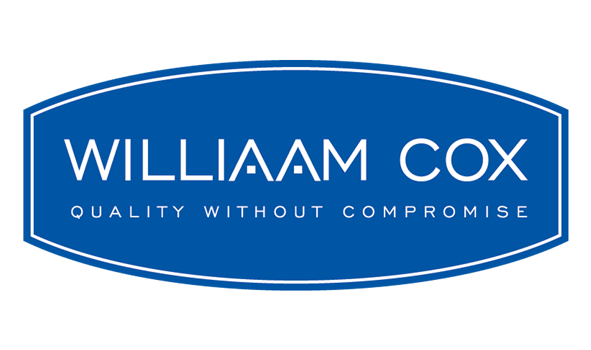Fit For Purpose Smoke Control Systems
There is a vast difference between having a system fit for purpose, in a working condition responding in a fire compared to a building littered with products that work but are not tested against the designer’s intention as detailed in the fire report.
Working conditions in Winter
During the cooler winter months of the year, we become aware of cold icy mornings. We warm our cars up and scrape the ice off the windscreen. We travel a little slower on the roads, and water cooler discussions cover a full range of stories about the loss of traction, slipping, and sliding around a corner. Suddenly the tyres we have on our cars are a focal point. Will they handle the icy road conditions? Are they fit for purpose? They definitely work, but, when the road is icy, working is simply not good enough. Tread depth is important, inflation pressure, are chains required? There are times when working conditions need that little extra, ‘fit for purpose‘ criteria to be met.
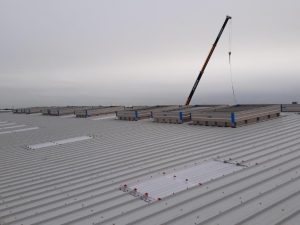
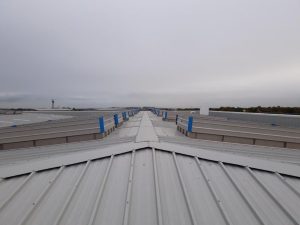
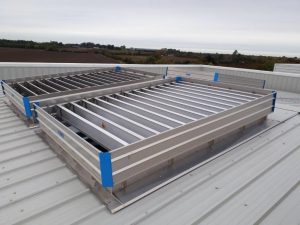
How are we approaching our smoke control systems?
Are we making sure the equipment works when tested? Are we making sure the equipment works when the building is burning? Are the electric cables installed securely? Will the fixings survive the heat, or will they fail at 150ºC and descend into the fire? Will the cables rupture and break, thereby interrupting the electrical supply to the fans? If that happens, the 300ºC fan installed stops working and the building is lost to fire. Yes, the system was maintained, it worked at the weekly tests, but the system was not fit for purpose and failed prematurely when you needed it most.
Reflect on your business continuity plan
Did you mitigate this risk? Did you anticipate the cable failure? Did you consider the high-temperature resistance required for the smoke control system to work? Where do your staff work tomorrow? What do the codes say about fit for purpose?
Standard for fire safety
BS 9999:2017 Fire Safety in the design, management, and use of buildings – Code of practice: touches on a few points that ensure fit for purpose installations. Section 3: Ensuring effective fire protection speaks clearly:
. . . recommends measures to ensure the fire safety of a building over its lifetime, and this requires the correct installation and maintenance of all fire safety provisions.
All the passive and active elements of fire safety that compromise the building design should be carefully designed, properly constructed or implemented, and should be regularly and appropriately maintained and tested.
Read our articles on codes, standards and their relevance or fire safety certificate guidance for more information.
The smoke control designer holds the key to success
Designers must ensure consideration is given to the equipment selection, manner of installation, fixing and fittings are correctly sized, secured, and specified. Have all these factors been considered:
- Life cycle costs
- Maintenance accessibility, frequency, and procedures
- A periodic inspection routine
- Can the equipment withstand ambient conditions, wetting, freeze-thaw, movement, and aggressive environments?
- Is the specified equipment appropriate for use?
- Have all the test reports been collected, read, understood, and are current?
- Is the appointed contractor competent to install the product?
No client wants to enjoy a 10% capex saving on the smoke control system and lose a building that costs multiples of the value of the smoke control system.
Once all the above is addressed, specified, installed, and commissioned, the client has a smoke control system that can operate and be maintained to the methodology in the fire report. This brings peace of mind in the knowledge that the smoke control will perform at its optimum in a fire condition. A fit for purpose smoke control system is so much more than ticking a box in the building control office. Life safety, business continuity, and peace of mind cannot be undervalued.
Remember the impact of your contribution to the functionality of smoke control systems. It’s possible that a bit of tender loving care might be just what they need to truly serve the community effectively.
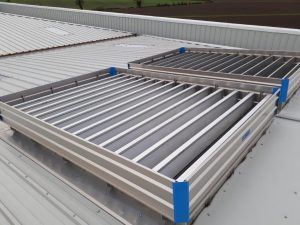
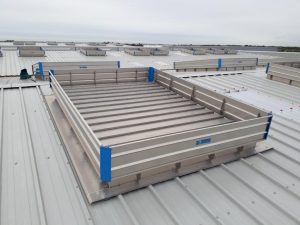
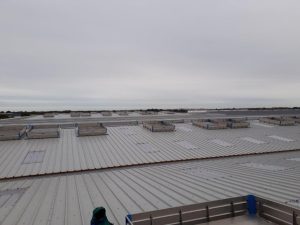
Contact us
Our experienced team of Technical Sales, Design, and Service Engineers can help with your requirements.
For assistance with the design of a smoke control system email: estimating@williaamcox.ie
For assistance with service or system evaluation email: service@williaamcox.ie

